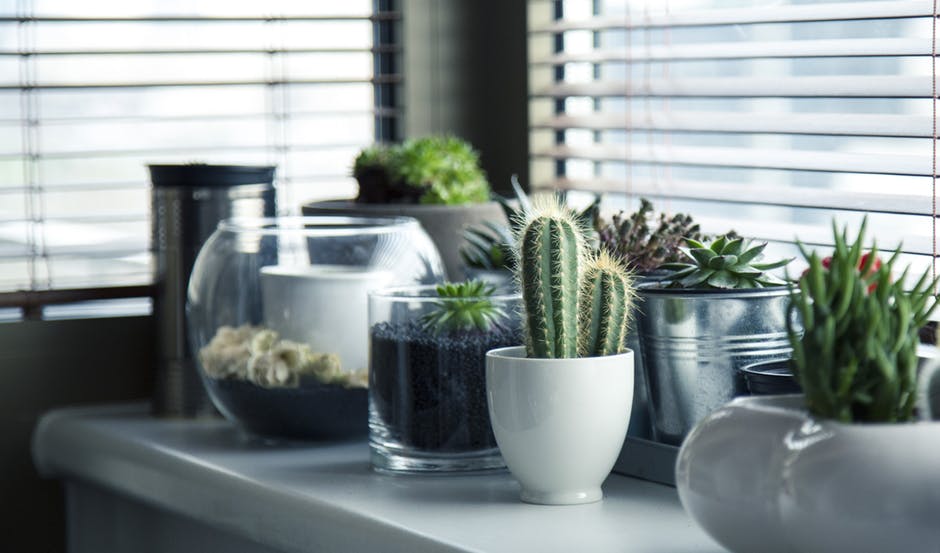Sunlight, So Bright: How Lights Help Your Indoor Plants To Stay Healthy

Indoor plants provide extra color, warmth, and texture to your home. Not only will they keep you engaged with gardening all-year round, but they also improve air quality indoors. While many indoor plants won’t give you a hard time growing them, they must receive proper care for them to thrive.
It is because there is a difference between growing plants in an ideal condition (as in a greenhouse) and growing them indoors. For you to achieve growing plants indoors, you must take a bit of adjustment.
For example, proper watering and the roles temperature and humidity play are the things to keep in mind for your indoor plant care. You must also not forget the appropriate lighting for your indoor plants. The ultimate trick is to imitate the condition of the plant’s natural habitat. Grow lights are what you need to attain this purpose.
Here’s an explanation of how grow lights help your indoor plants grow healthy.
Plants thrive and stay healthy through the chemical process called photosynthesis. In this process, there are closely related green pigments that are called chlorophyll, which help the plant grow and achieve its green color. When you have chlorophyll, water, nutrition, and the right amount of light, you will have no problem growing your plants.
But inside your home, there’s no sufficient light for you to grow plants, this is where grow lights enter into the equation.
Grow lights mimic daylight so your indoor plants will grow. They are essential for timing and forcing seedlings, growing plants in the winter, for commercial hydroponic plant production, and more.
For sure, any light can technically work as a grow light. But incandescent and halogen bulbs work too hot to keep your plants safe. Thus, it is advisable that you use LEDs and CFLs to grow your indoor plants because they run cool, energy-efficient, and provide a broad spectrum of lights.
Plants need an amount of light on red and blue wavelengths. They appreciate a full spectrum light bulb for their growth and development. As such, if you cast a full spectrum light on them, they will grow thick and healthy.
The good thing is that LEDs and CFLs are popular in the market nowadays and can fit into regular lighting fixtures.
There are also high-end grow lights with designer lighting to grow your plants indoors. This type of grow lights specifically designed for nurseries housing a lot of plants are bulky and expensive. They cast a bright light and known to be not energy efficient.
But if you want your indoor plants to grow healthy, go for high-end grow lights!
The right placement of your grow lights is essential. For example, if you place them just too close to the plant, there is a possibility you put your plant under a too intense light which is certainly not good. Thus, you need to be creative and resourceful when it comes to the proper placement of your grow lights.
You need to disable your grow lights for at least eight hours unless your plants have special needs. You can opt for manual switching, or you can use a timer to turn it off. Timers are affordable and easy to use, and they give you a total control of your grow lights.
Growing plants indoors is a fun and exciting hobby. There are a lot of benefits you can glean from it such as improving the air quality of your home. Thus, it is important that we take proper care of them so that they will grow healthy. One way to care for indoor plants is to provide it the appropriate and right amount of artificial lighting.
